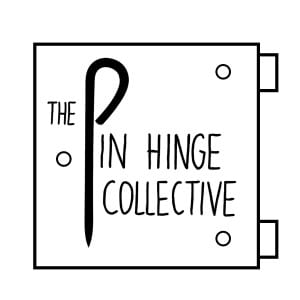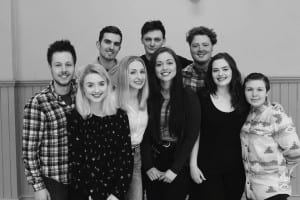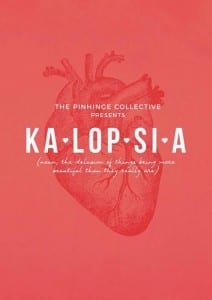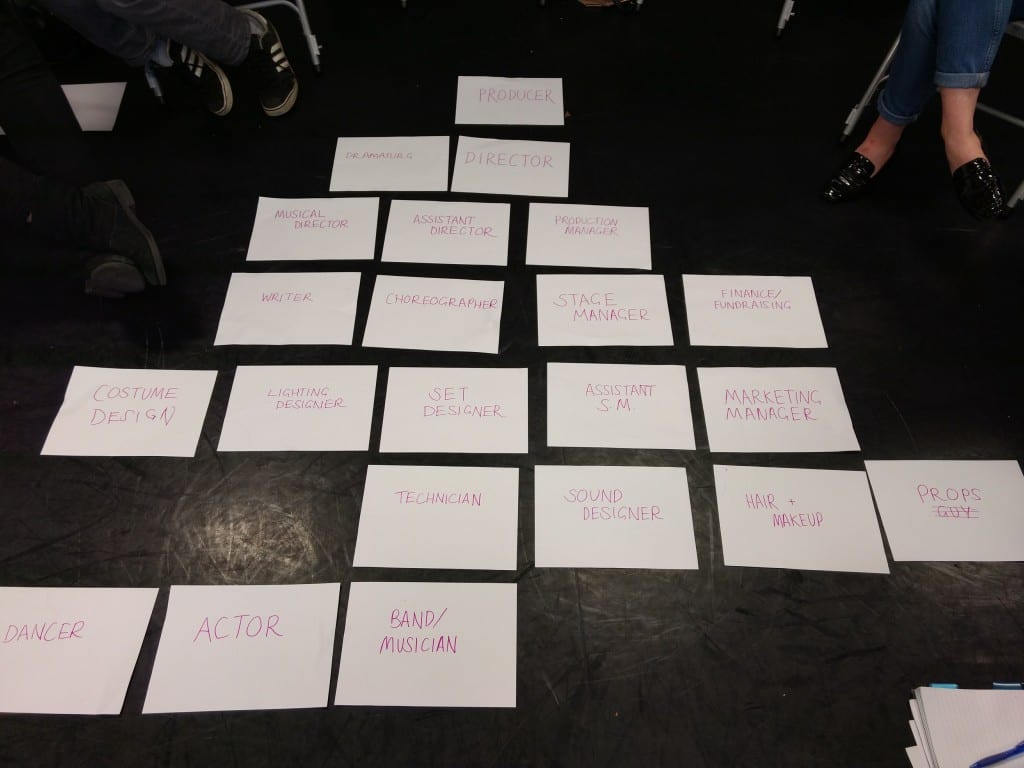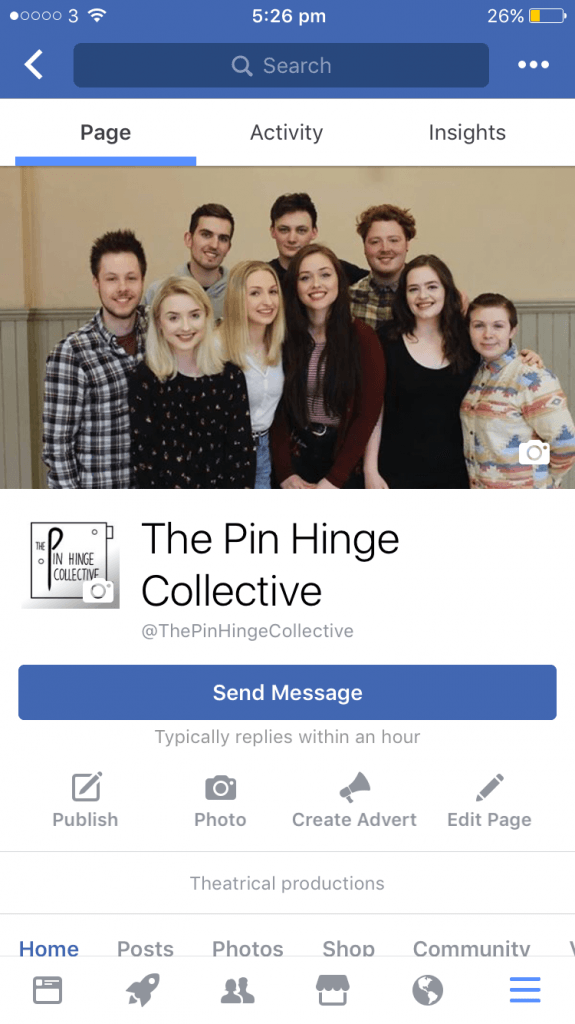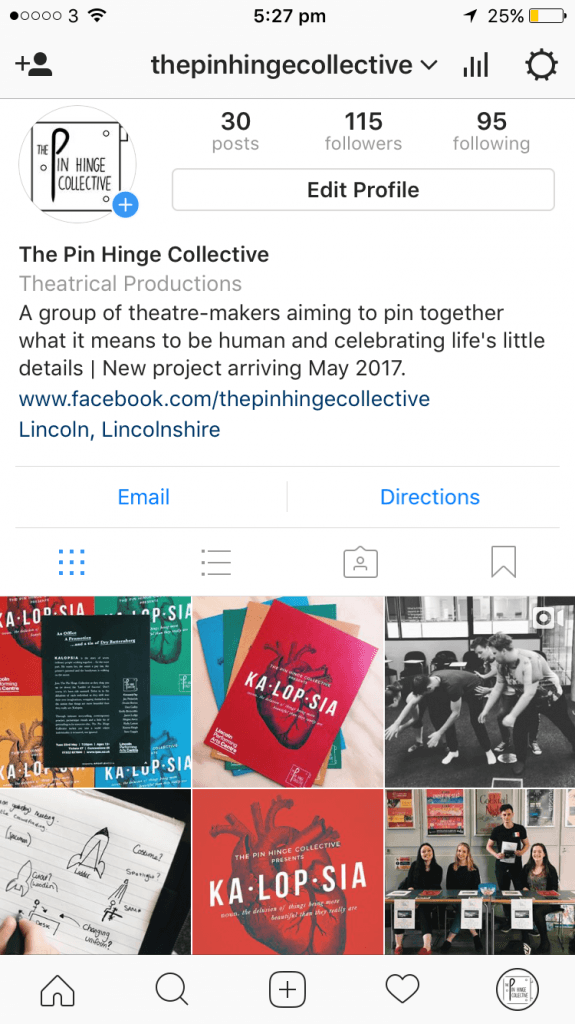I have been actively looking at physical theatre performances, one such performance being Lovesong (2011), written by Abi Morgan and performed and choreographed by Frantic Assembly. The movement in this performance is very similar to what I see our performance containing. It is very personal and emphasises the relationship between the characters.
Frantic Assembly have become my foremost influence when choreographing, as I want primary focus to be on the performers relationships and connection within the scene, something which Frantic Assembly always show in their work, as they understand that “[t]heatre exists between performers, lighting, the audience, the music and that moment on that day” (Steiger, 2006, 314).
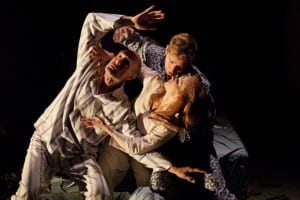
Frantic Assembly are skilled in lifts, leans and weight shifts. This is something I have taken influence from as I believe lifts are a great way to show an exclamation of emotion. To prepare for lifts, I researched into how Frantic Assembly prepare for lifts through trust exercises, and the common lifts that can be done. The video below was my starting point in this research.
Frantic Assembly have a seamless balance of extravagant lifts, and small, subtle movements in their work. Of their performances, the co-founders of the theatre company state that “much is made of the limb-threatening, high-octane, full-blown physicality that has become our trademark [… yet] we are as dedicated, if not more so, to the subtle, nuanced end of the physical spectrum” (Graham and Hoggett, 2009, 40-41).
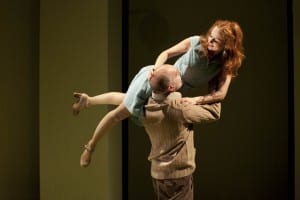
It is important that I find the balance between extravagant and subtle, as one accentuates the other. Because of this, I have begun practising ground work which will emphasise the lifts we have been practising; subtle movements such as stylised walking can be just as effective as a lift. To develop this, I will dedicate as much time choreographing the nuanced movements as I will the lifts.
Citizens Theatre (2017) Frantic Assembly’s Lovesong Media Release. Glasgow: Citizens Theatre.
Graham, S. and Hoggett, S. (2009) The Frantic Assembly book of Devising Theatre. Abingdon: Routledge.
Morgan, A. (2011) Lovesong. [performance] Scott Graham & Steven Hoggett (dirs.) London: Lyric Hammersmith, 11 January.
National Theatre Discover (2015) Frantic Assembly Masterclass: Learning to Fly. [online video] Available from https://www.youtube.com/watch?v=Q4mXhW7TXQ8 [accessed 7 March 2017].
Steiger, N. (932006) ‘Absolute immediacy’: A conversation with Scott Graham. Contemporary Theatre Review. 16 (3) 312-317.
